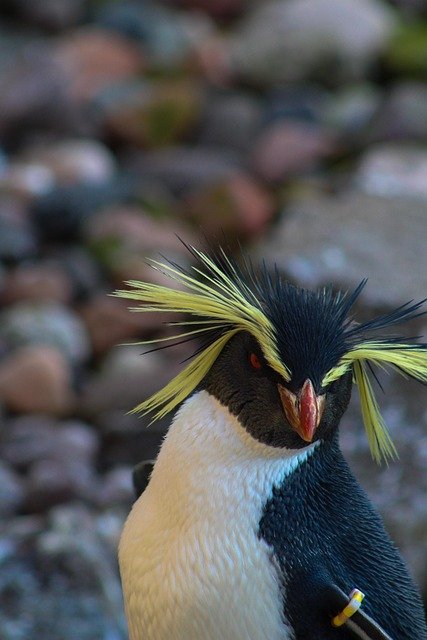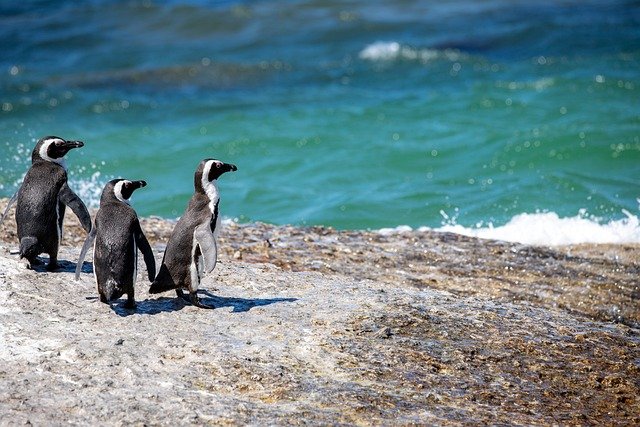**Title: "The Social Lives of Penguins: Unraveling the Complexities of Colony Dynamics

The Social Lives of Penguins: Unraveling the Complexities of Colony Dynamics
Penguins, often celebrated for their charming waddles and striking tuxedo-like appearances, are not just fascinating creatures to observe; they also possess intricate social structures that reveal much about their behavior and survival strategies. In this post, we will explore the complexities of penguin colony dynamics, shedding light on their social interactions, communication methods, and the roles they play within their communities.
Understanding Penguin Colonies
The Basics of Penguin Social Structure
Penguin colonies can vary significantly in size, from a few dozen individuals to thousands. These colonies are typically formed during the breeding season when penguins come together to mate, nest, and raise their young. Social structure is essential for their survival, as it provides protection from predators, aids in foraging, and facilitates successful breeding.
Hierarchies and Roles
Within a colony, penguins often establish hierarchies based on factors such as age, experience, and physical condition. Dominant individuals may have access to better nesting sites and more mating opportunities. However, these hierarchies are not rigid; they can shift based on the social dynamics of the group or environmental pressures.
Social Interactions
Communication
Penguins are vocal animals and use a variety of calls to communicate with one another. These vocalizations serve multiple purposes, including:
- Mate Attraction: Males often engage in elaborate calls and displays to attract females during the breeding season.
- Chick Recognition: Parent penguins can recognize their chicks' calls among thousands of others, which is crucial for successful feeding and care.
- Alarm Calls: Penguins emit specific calls to alert others to potential threats, ensuring the safety of the colony.
Bonding and Cooperation
Penguins are known for their strong social bonds. They often engage in behaviors such as preening each other, which helps reinforce relationships and maintain social cohesion. Additionally, some species exhibit cooperative breeding, where experienced individuals help care for the young of others, enhancing the survival rates of the chicks.
The Role of Environmental Factors
Climate Change and Its Impact
The dynamics of penguin colonies are not immune to external pressures. Climate change poses significant challenges, affecting food availability, breeding success, and habitat stability. For example, warming ocean temperatures can lead to shifts in prey distribution, forcing penguins to travel farther for food and impacting their ability to care for their young.
Human Interaction
Human activities, such as fishing and tourism, can also disrupt penguin colonies. Overfishing can deplete their food sources, while increased human presence can lead to disturbances during critical breeding periods. Conservation efforts are crucial to mitigate these impacts and ensure the survival of these remarkable birds.
Conclusion
The social lives of penguins are a testament to the complexities of animal behavior and the importance of community in the natural world. Understanding their colony dynamics not only enriches our appreciation for these fascinating creatures but also highlights the need for conservation efforts to protect their habitats and ensure their continued existence. As we unravel the intricacies of penguin social structures, we gain valuable insights into the resilience and adaptability of life on Earth.
By studying the social lives of penguins, we can better comprehend the interconnectedness of species and the ecosystems they inhabit. Let's continue to support research and conservation initiatives that protect these incredible birds and their environments.
